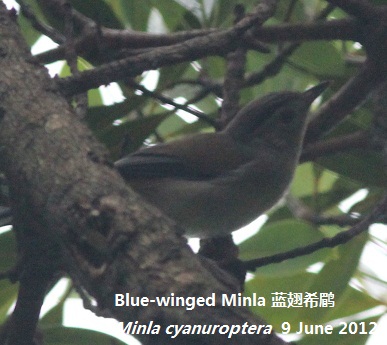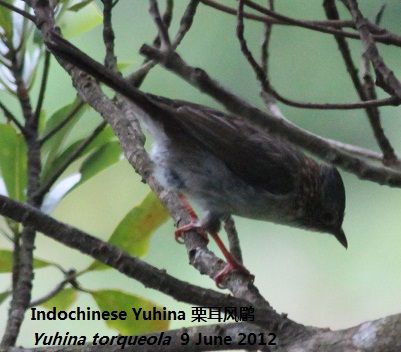Introduction
 This is one of the best sites easily reached in a weekend trip from Hong Kong. At 1281m the mountain is high enough to support an altitudinal variation of species, though the fairly extensive grasslands around the summit have yet to produce anything spectacular. This mountain supports several species that are either not found in Hong Kong (Chinese Barbet) or difficult to find in Hong Kong (Organge-headed Thrush, Drongo Cuckoo, Oriental Scops Owl).
This is one of the best sites easily reached in a weekend trip from Hong Kong. At 1281m the mountain is high enough to support an altitudinal variation of species, though the fairly extensive grasslands around the summit have yet to produce anything spectacular. This mountain supports several species that are either not found in Hong Kong (Chinese Barbet) or difficult to find in Hong Kong (Organge-headed Thrush, Drongo Cuckoo, Oriental Scops Owl).
Key Species
Silver Pheasant, Chinese Bamboo Partridge, Chinese Barbet, Drongo Cuckoo (summer), Oriental Scops Owl, Orange-headed Thrush. Asian House Martin Grey Bushchat, Rufescent Prinia and Bull-headed Shrike have been recorded here in winter.
Other Species
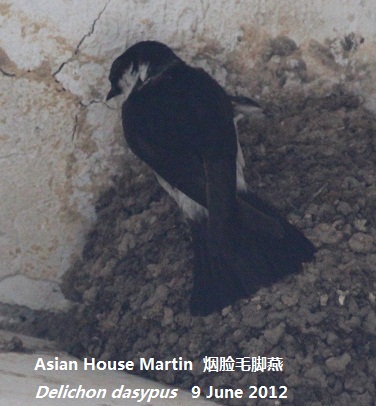 Crested Serpent Eagle, Chestnut-winged Cuckoo, Speckled Piculet, Great Barbet, Mountain Bulbul, Black Bulbul, Mountain Tailorbird, Hill Prinia, Spot-breasted Scimitar Babbler, Pygmy Wren Babbler, Blue-winged Minla, Indochinese Yuhina, Hainan Blue Flycatcher, Black-throated Tit, Yellow-cheeked Tit. Needletails have been seen at the summit on autumn passage.
Crested Serpent Eagle, Chestnut-winged Cuckoo, Speckled Piculet, Great Barbet, Mountain Bulbul, Black Bulbul, Mountain Tailorbird, Hill Prinia, Spot-breasted Scimitar Babbler, Pygmy Wren Babbler, Blue-winged Minla, Indochinese Yuhina, Hainan Blue Flycatcher, Black-throated Tit, Yellow-cheeked Tit. Needletails have been seen at the summit on autumn passage.
Other Wildlife
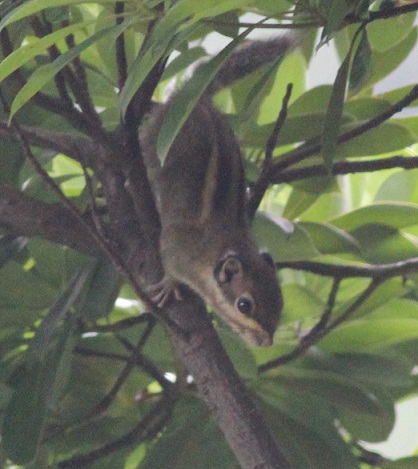 Striped squirrels are quite common in the forest here. Lesser Dog-faced Fruit Bat has been recorded here, one of only three known sites in China. Yellow-bellied Weasel has also been recorded quite recently.
Striped squirrels are quite common in the forest here. Lesser Dog-faced Fruit Bat has been recorded here, one of only three known sites in China. Yellow-bellied Weasel has also been recorded quite recently.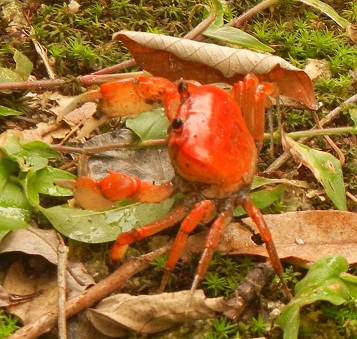
Birding
This site appears to be improving with a number of new species recorded in recent years. Asian House Martin breeds under the eaves of the upper chairlift station - this is the only site I am aware of in Guangdong. Chinese Barbet is now quite common here, the closest site to Hong Kong. Both Drongo Cuckoo and Orange-headed Thrush appear to breed in the old forest around the foot of Lion Hill. One of the best birding options is to take the chairlift up the mountain to approx. 700m and from that point either hike to the summit or bird along the contour road on the right. The summit area is treeless and in the less exposed parts a thick dwarf bamboo dominates that might support parrotbills and bush warblers. The northern face of the mountain has not been explored and should be better than the more disturbed southern side.
Habitat and Vegetation
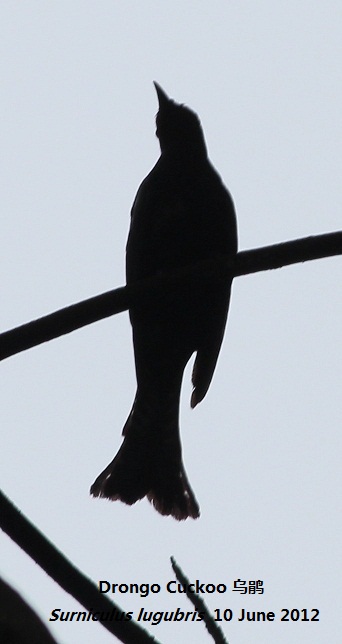
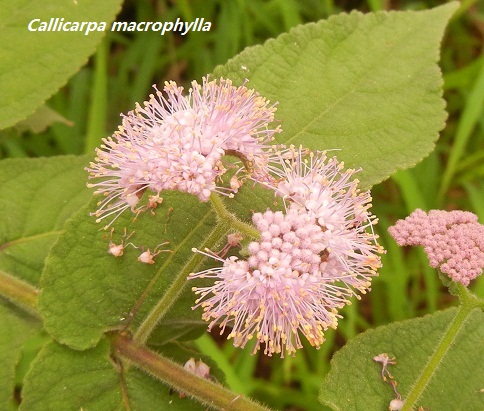 The habitat of the mountain and surrounding area is typical broadleaf, evergreen forest dominated by such species as Catanopsis fabri, C. eyrei, C. fordii and Schima superba.
The habitat of the mountain and surrounding area is typical broadleaf, evergreen forest dominated by such species as Catanopsis fabri, C. eyrei, C. fordii and Schima superba.
Getting there
From Hong Kong take a train to Shilong 石龙. A bus from Shilong towards Boluo 博罗will get you on the main road from Guangzhou to Huizhou 蕙州. Disembark at the junction to Chang Ning 长宁 and get a motorbike to take you the last few kilometres to Luo Fu Shan. There are many hotels in the Rmb100-250 range. The entrance fee to the reserve and hotels area around the small lake costs Rmb60. It is possible to rent accommodation in the area at the top of the chairlift (which costs Rmb40 one way, Rmb70 return). The contact telephone number for these chalets is (0752) 6668777.
General Information
County: Bo Luo Area: 24 sq. kmAltitude: 100-1281m Location: 23°20’N, 114°00’E
Disturbance: tourist and hunting pressure. There is a new highway passing by the foot of the mountain and at weekends large numbers of tour buses now come here. A new road is being built up the mountain as far as the chairlift, and the forest on the southern side is being substantially disturbed.
